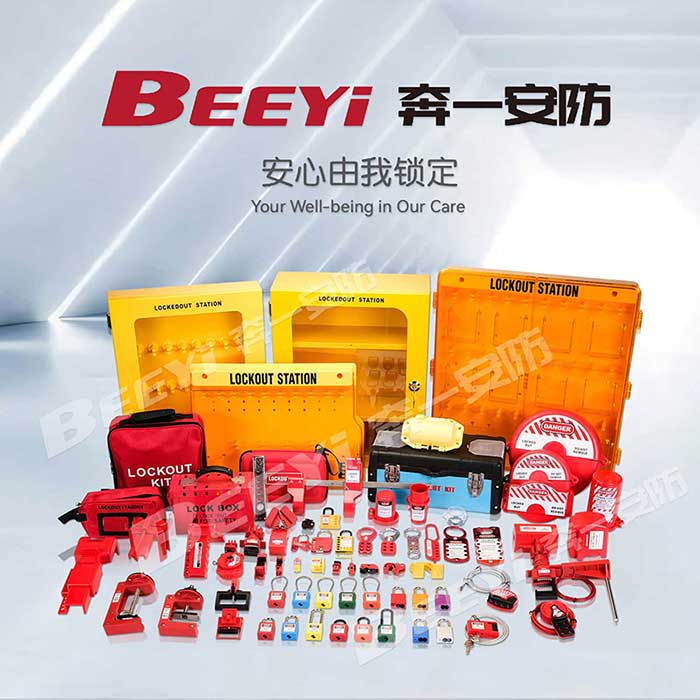The safety of workers in industrial environments, particularly in industries that deal with hazardous materials, high pressures, and complex systems, is of paramount importance. One of the key safety mechanisms used in these environments is the safety valve lock. A safety valve lock is a vital lockout device designed to secure valves in either the open or closed position to prevent accidental valve operation during maintenance or repair activities. This ensures that workers are protected from the potential dangers of pressure releases or fluid leaks. This guide will walk you through the installation process of a safety valve lock, ensuring the safety of your team and preventing unintended valve operations.

What is a Safety Valve Lock? A safety valve lock is a physical lockout device designed to prevent accidental operation of valves, typically used in environments where system pressures or the release of fluids can pose significant risks. The lock secures the valve in either its open or closed position, making sure that the valve cannot be turned or manipulated while maintenance is being performed. Safety valve locks are typically used in conjunction with lockout/tagout (LOTO) procedures, which are standard safety protocols required to safeguard workers during maintenance work. Why Is Installing a Safety Valve Lock Important?